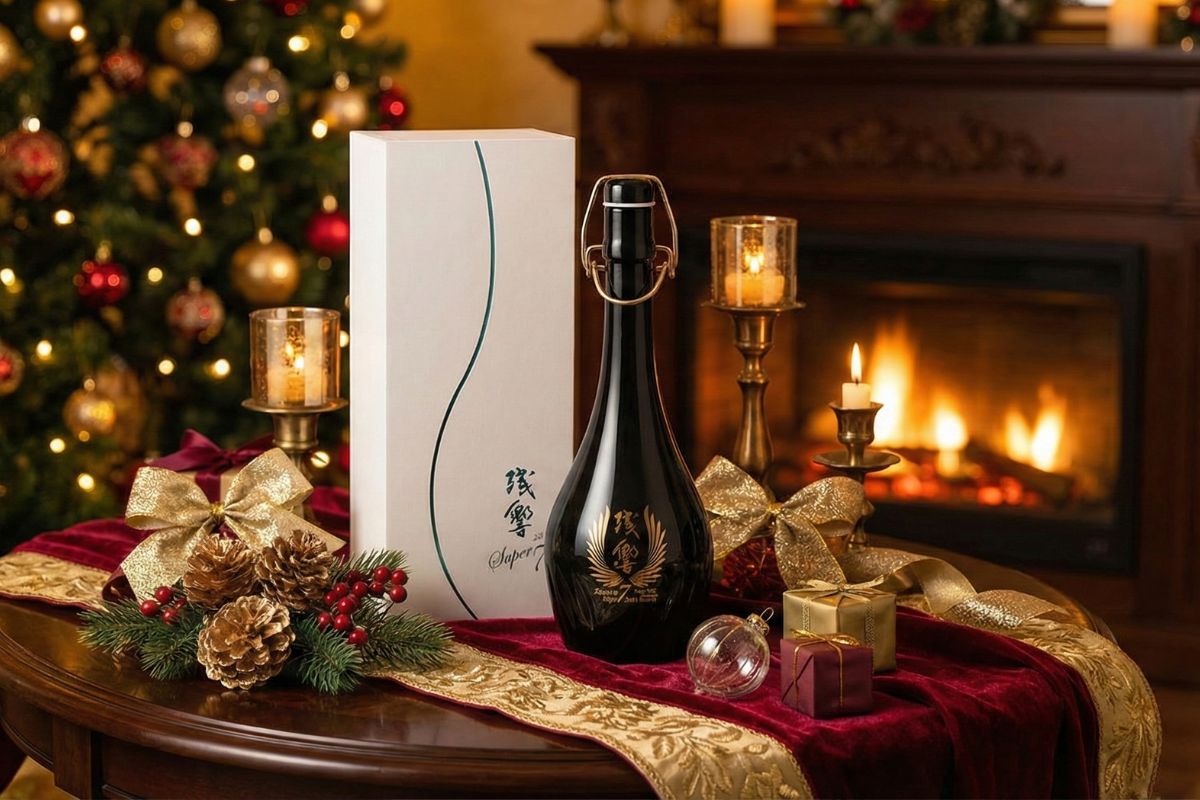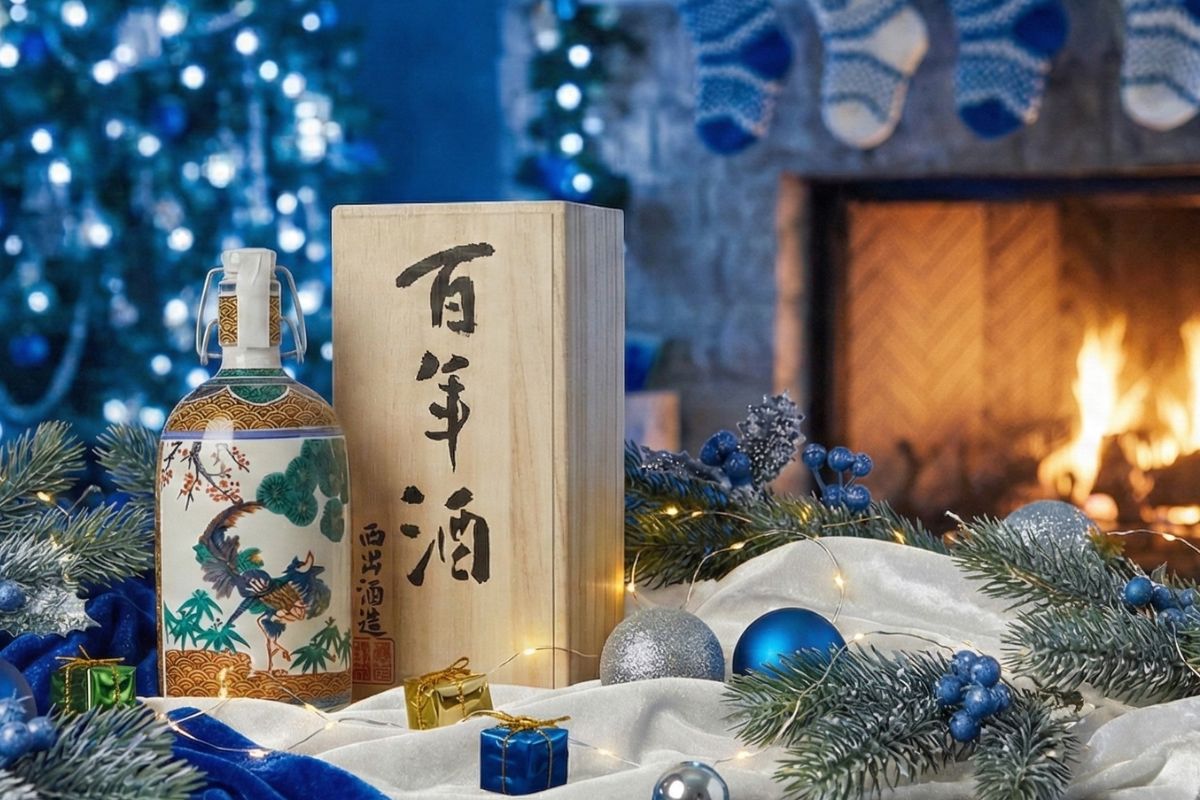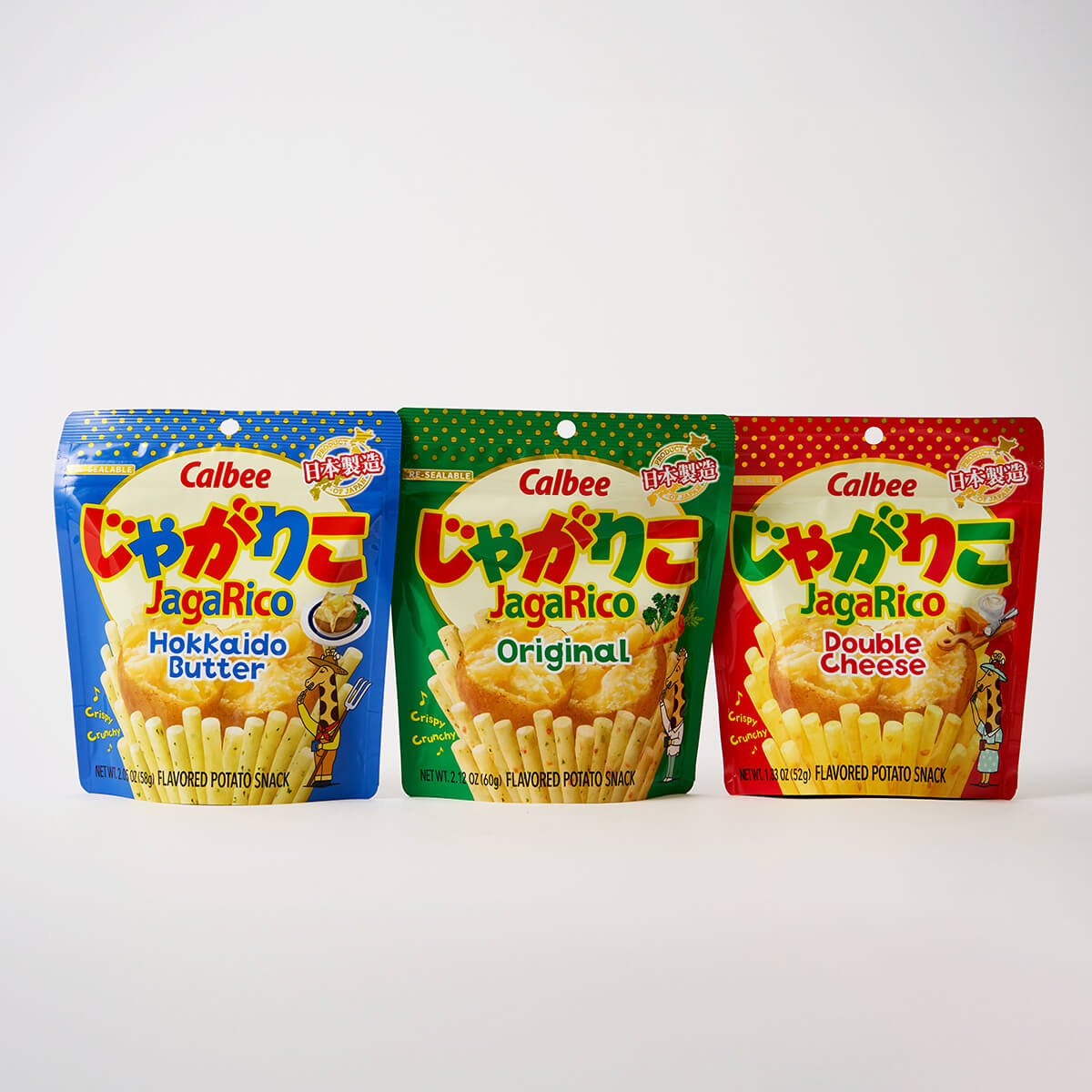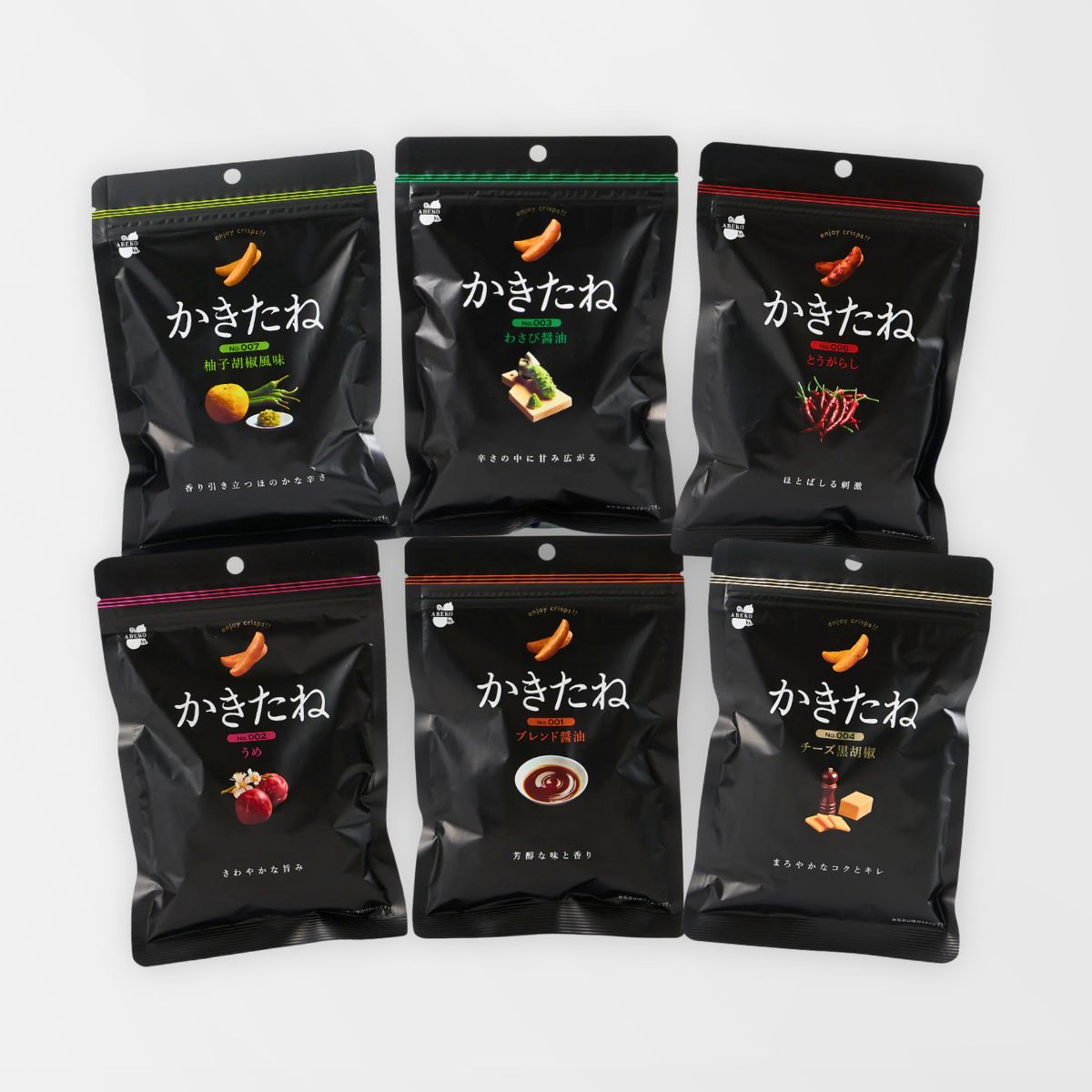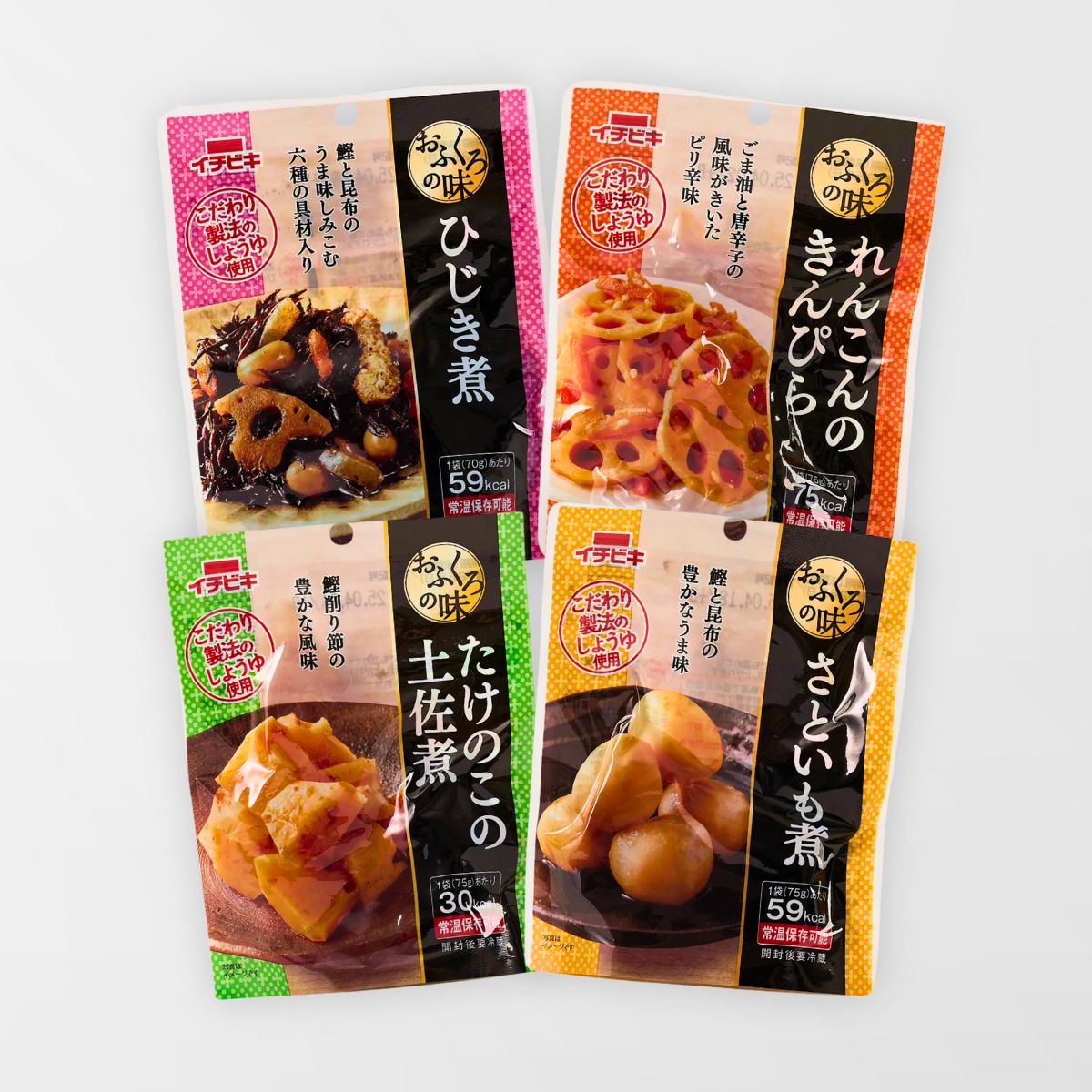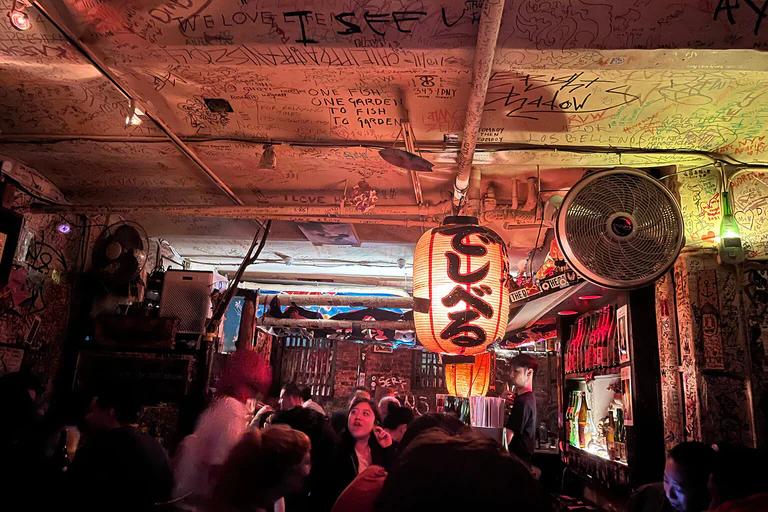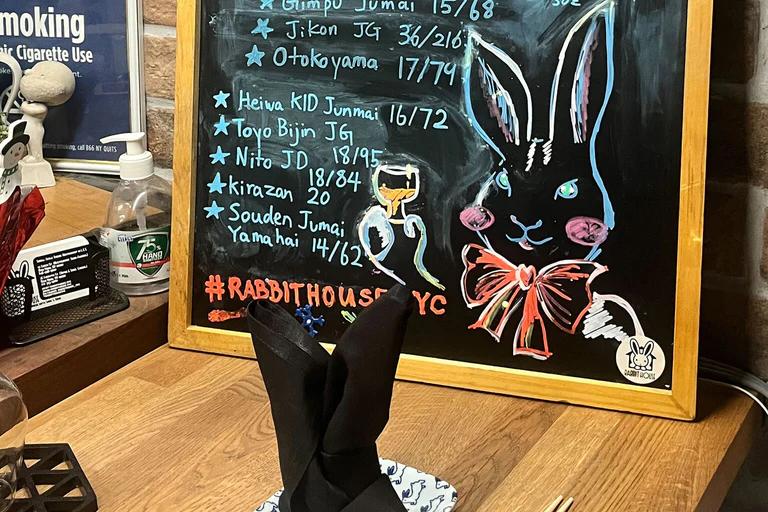We here at Tippsy absolutely, unashamedly, without a doubt love rice. If you’re like us, you’ve grabbed a bottle of sake, spun it around to look for the English label, and found that most list a “sakamai,” or sake rice. You may have even seen that you can search by rice type on Tippsy. (If you haven’t, check that out after you’re done here.) So why do we and most breweries provide this information? Because knowing the rice type can give you unique insight into your sake.
Why should you learn about sake rice (sakamai)?
There are tons of reasons to dive into sakamai. For one, it can help you make decisions about the bottles of sake you’re going to buy. If you know the rice types, you can come to learn the styles and flavors most commonly associated with those types. That’s not always foolproof, of course, but seeing a high polishing ratio and Yamadanishiki on a bottle usually means you can expect something fruity and aromatic.
Another reason to learn is that the brewers choose these rice strains for a reason. Brewers always want to showcase some idea or flavor when they’re brewing sake, and the rice is a key component to that. Knowing the story behind a bottle can be just as much fun as drinking the contents. And, of course, there’s the cool factor of being able to bust out rice types at parties. Nothing makes you look more like a pro than saying “Gohyakumangoku” smoothly, right?
How is sake made?
In wine, the grape choice is a big part of the taste profile. For beer, it’s hops and grains. In sake making, rice is our base ingredient. The rice provides the starch that the koji converts to sugar. As it dissolves, it helps establish the texture and mouthfeel of the sake. These are major contributing factors that affect flavor in the sake.
Different types of sakamai affect the process differently, however. Some grains are harder, and therefore dissolve in the brewing process much slower than others. Others have a larger “shimpaku,” or starchy white core, which can be ideal for certain styles, such as ginjo and daiginjo, as well as for cost purposes. The larger the shimpaku, the less rice you need to polish away, which means less rice is required to make a batch of sake. Larger shimpaku also means you can get away with a lower polishing ratio while still getting those big aromatic notes.
What’s the difference between sake rice and table rice?
First, we should note that there are two categories of sake rice: sakamai, which is rice that is suitable for brewing sake, and “shuzokotekimai,” which is rice that’s cultivated specifically for brewing sake. In practice, shuzokotekimai is rice that has many favorable characteristics in brewing. Often they’ll have larger, more clearly defined shimpaku; some have shimpaku that make up 50%-70% of the grain! They also tend to dissolve a little slower than other strains. In brewing, this is desirable because it gives the brewer more control over the final product. The agricultural angle is also quite important; some of the popular strains of sakamai and shuzokotekimai are chosen for the sturdiness of the actual crop itself.
All that being said, sometimes you’ll find that breweries still opt for what we call table rice. Table rice is the kind of rice that you would expect to find cooked and eaten, rather than brewed and drunk. They tend to be more balanced grains, with the starch evenly distributed throughout rather than concentrated in a shimpaku. So why would brewers use table rice over sake rice? Cost, availability and flavor.
Sake rice is expensive. An American-grown Yamadanishiki is three times the cost of a common table rice, and that only goes up as you get higher quality rice from higher quality fields. It’s labor intensive, the stalks grow taller and are more likely to fall over, and the yield is lower than table rice varieties. All of these factors lead to a more costly product, which may lead a brewer to choose table rice as a cost effective alternative.
It can also be difficult to come by sake rice. Only so much is grown every year — especially of the super premium stuff. In 2019, approximately 22,000 tons of Yamadanishiki was harvested in Japan, which sounds like a lot until you consider that approximately 7 million tons of rice is harvested in the country each year. If your choice is no rice or table rice, the answer presents itself. Of course, flavor is always a consideration. Perhaps the brewer likes a flavor that they can only accomplish with a table rice, especially if they’re making a “futsushu” (table sake) designed for an “izakaya” (Japanese gastropub).
The starchy core called “shimpaku”
We keep throwing around the term shimpaku as we talk about sake rice because it’s one of the more important considerations when choosing a rice for brewing. The shimpaku is a densely packed core of starch in a grain of rice. If we were to use an egg as a metaphor for a grain of rice, the shell would be the bran, the white would be the proteins and lipids and fats, and the yolk is our shimpaku. The bigger and more clearly defined the shimpaku, the less we have to polish the grain to achieve a higher starch-to-fat content. A larger shimpaku also tends to dissolve slower, leading to that nice long brewing process we want. Longer brewing times mean more complex flavors and boatloads of amino acids can develop. Both of those things translate to quality in the bottle.
Size of rice
Sake rice is usually larger than table rice. As we know, most sake is made with polished grains of rice. What brewers don’t want is a small grain that is going to be difficult to polish. The larger grains allow us to polish the rice to the desired percentage with less overall rice. It’s also better for water absorption. Table rice absorbs water at a slower rate and fills up much quicker. This leads to a soft, sticky rice, which can cause problems in the brewing process. Sake rice, however, has a better absorption rate and stays firmer for longer.
Low fat and protein
Part of what makes table rice so delicious is the fat and protein content in balance with the starches present. The problem in brewing, however, is that yeast doesn’t particularly like fats and proteins. These chemical compounds can cause off flavors to present in the final product, and create additional challenges for the brewer to overcome in an already challenging brewing process. Sake rice is lower in fats and proteins than table rice, and they tend to be concentrated on the exterior of the rice. That means when the rice is polished, we’re stripping away those unwanted components while leaving behind the starch, which is cozied up in the shimpaku. This allows for lower polishing ratios, which means less waste as well.
20 major sake rice types
There are over 100 varieties of sakamai, most of which are in use in differing quantities today. Here’s a list of 20 fairly common varieties that you’re likely to find on the back of a bottle, most of which can be found in Tippsy’s catalog via the rice search filter. Let’s get into it!
Yamadanishiki - 山田錦
No list of sake rice would be complete, or even reliable, without the king of sake rice. Yamadanishiki is arguably the world’s preeminent sake rice, with a well-earned reputation for quality. Yamadanishiki was developed in 1923 and since then it has taken a dominant slice of the sake rice market. While it is grown throughout Japan, the best crops come from Hyogo prefecture, specifically the area just north of the Rokko Mountains. The rice from these fields is highly prized, and some of the best sake in Japan is said to be made from it. Yamadanishiki has been called “the ginjo rice” due to the ease of drawing out beautiful aromas and flavors.
As such, it’s incredibly difficult to choose a bottle and say “This is what Yamadanishiki tastes like.” Here are a few selections that showcase the king’s aromatic side — though we encourage you to explore savory sake as well!
Dassai “45”
Dassai is a household name in high quality sake. Their mission is to deliver high quality junmai daiginjo sake with what have become known as classic daiginjo flavors. Yamadanishiki helps define that flavor.
Fukucho “Moon on the Water”
We chose this one because it really showcases how vibrant and juicy the aromas of Yamadanishiki can be. Imada Shuzo pushes the rice to be front and center and the king really shines.
You’ll really sound like a pro if you can pull this tongue twister out on a dime. The name translates to “5 million koku,” which is a reference to a bumper crop yield early in its development. For context, one “koku” of rice is 180 liters in volume. That’s a huge amount of rice!
Gohyakumangoku was developed in 1957 for Niigata prefecture’s cold climate and dry style. It grows quickly and is relatively sturdy in the cold. This rice was foundational to Niigata’s signature “tanrei karakuchi” style. It lends itself well to light, dry and crisp sake, though the large, very round shimpaku can be difficult to polish without cracking. This is another rice grown nationwide, but the largest growing region is in southwestern Niigata.
Kubota “Senju”
Since Gohyakumangoku is a cornerstone of Niigata style sake, we chose “Senju” to show what that means. With a light palate that has easy drinking aromas of melon and lemon, this sake is a great example of a classic Niigata Gohyakumangoku sake.
Homare “Tatsumigura”
This sake showcases the depth of aroma that a skilled brewer can pull from Gohyakumangoku. With a deep and rich fruit palate and smooth dryness, it showcases the versatility of this rice.
Hakkaisan “Honjozo”
We’re back to Niigata with Hakkaisan’s signature brew. We chose this sake to show that Gohyakumangoku can be used to showcase the flavor of the rice itself. This sake has a great, slightly melon-like flavor with an undercurrent of steamed rice and soft notes of wood.
Omachi - 雄町
This is Japan’s oldest sake rice variety. Unlike many other strains of sake rice, Omachi is actually a naturally occurring strain of rice, which was found in the wild in 1859 by a farmer who was returning from a pilgrimage. It is chiefly cultivated in Okayama prefecture, home of the famous Bizen pottery. Omachi is sometimes called a phantom rice as it had fallen out of favor with farmers due to its challenging nature. One of the only reasons it didn’t vanish entirely was that it was used to parent many other rice strains, some of which are considered the most desirable strains for sake making! Omachi is well loved for having earthy, mellow flavor notes with heaps of complexity. This one is a sake rice lover’s rice, leading to a cult following who call themselves the Omachists.
Seikyo “Omachi”
Seikyo “Omachi” shows off the citrus aromas and herbaceous undercurrents that brewers can accomplish on the lighter end.
Sakura Muromachi “Bizen Maboroshi”
“Bizen Maboroshi,” on the other hand, is an “Omachist’s Omachi.” This one swings for the fences using the highest quality Omachi available. It offers big hits of herbs and a bit of spice, with soft apple and pear notes. It’s the rich glass of sake every Omachist dreams of.
Miyamanishiki - 美山錦
Miyamanishiki is named after the Japanese Alps, and is considered to be a beautiful rice. It was developed in 1978 in Nagano to thrive in the challenging local conditions, being the prefecture with the highest elevation in Japan. It has a large, well-defined shimpaku and grows very well in the cold, paving the way for offshoot strains to be developed to capture these ideal qualities. It’s considered to have a good balance with a light, refreshing flavor.
Otokoyama “Tokubetsu Junmai”
Otokoyama, or “Man’s Mountain,” has created a sake that fully harnesses the shimpaku of Miyamanishiki to give us a bold, deep and rich sake. The rice lends this sake a velvety mouthfeel that’ll have you coming back for another sip…or three.
Dewanoyuki “Yuki”
“Yuki” embraces the hearty spirit of the grain from which it’s brewed. The brewers used the kimoto yeast starter method to really draw out the richness of the rice itself. This yields big notes of steamed rice, toasted nuts and earthy overtones.
Aiyama - 愛山
Aiyama is another Hyogo rice, chiefly cultivated north of the Rokko Mountains. Since its development in the 1940s, brewers have enjoyed working with this slightly challenging strain. The shimpaku is very large, which leads to challenges in polishing, and it dissolves quickly in the brewing process, requiring a steady hand and a skilled eye. The payoff? It can produce a sake with rich depth and a little more sweetness than Omachi rice.
Kenbishi “Kuromatsu”
Kenbishi may well have one of the most recognizable brewery logos in the sake world. They’ve proudly stood behind that logo and stamped it on high quality sake like “Kuromatsu.” While this bottle does utilize super premium Yamadanishiki rice, it gets its depth and umami from the Aiyama rice used during the brewing process.
Koshitanrei - 越淡麗
Koshitanrei is Niigata’s answer to Yamadanishiki. It was specifically designed over the course of 15 years to be an excellent rice for daiginjo style sake, and was finally recognized by the Japanese government in 2004. This strain is a blend of Yamadanishiki and Gohyakumangoku, pulling favorable qualities from each that give it a well-defined shimpaku and hardy growing abilities suitable for the colder climate of Niigata. It provides a rich flavor with a big, aromatic nose.
“Tsugu”
Koshitanrei was made to be luxury in a grain, and “Tsugu” is all the evidence we need to know it’s true. The rice presents delicate floral notes and a surprisingly complex framework for the minerality to come through on the back end.
The brewers in Tottori prefecture tend to like their brews big, powerful and full of steamed rice flavor. In 1921, Goriki was hitting fields around the prefecture but was almost immediately dropped due to how challenging it was to grow at the time. This sakamai saw a revival in the mid-to-late ‘80s, and is now a very popular brewing rice in the region for its big umami and earthy flavors.
Chiyomusubi “Goriki 50”
Chiyomusubi Brewing Company is known for its skillful presentations, and “Goriki 50” is no exception. This unique sake maintains an excellent balance while offering a punchy spice and mineral palate, for which its rice and namesake are beloved.
Ginpu - 吟風
Ginpu hails from Hokkaido’s snowy peaks in the far north of Japan. It was developed in 2000, and is incredibly well suited to cold climates. Most of Hokkaido prefecture’s agricultural areas are located in the west, where the soil is rich and well fed from the snow runoff in spring. Similarly, Hokkaido’s breweries also tend to cluster in the west. Ginpu is very popular, being the eighth most cultivated rice in Japan. It has a similar flavor profile to Yamadanishiki.
Otokoyama “Shiboritate”
This is the one with the polar bear on the label and the rich juicy sake on the inside. This sake really utilizes the fruit notes present in Ginpu to deliver a big punch of flavor with a delicate and luxurious texture.
Dewasansan - 出羽燦々
Dewasansan is arguably the coolest rice in town. Not only does Dewasansan have its own brand with incredibly strict rules to label it as such, it’s also got an incredibly jazzy theme song. It’s named after a mountain range in Yamagata prefecture, for which it was designed to thrive. Officially recognized in 1997, Dewasansan is highly prized as a junmai ginjo rice, giving the sake a smooth, soft and deep flavor.
The DEWA33 label is incredibly rigorous, requiring that all aspects of the sake be made from Yamagata products, and even then it undergoes a tasting board review to ensure that it meets the expectations of quality. Sake with this label is as delightful as the “DEWA33 Song.”
Dewazakura “Oka” Cherry Bouquet
“Oka” is a perfect example of how soft and smooth Dewasansan can be. This sake is a longtime favorite of many, for good reasons. It has clean rice notes wrapped in soft cherry blossom aromas.
Toko “Divine Droplets”
Divine indeed. “Divine Droplets” is unusual in that it’s finished in a drip filtration, which must be handled carefully. The Dewasansan rice really shines here, giving this sake a smooth body with a bold, complex flavor.
Kamenoo - 亀の尾
Kamenoo is an old strain that was developed in Yamagata around 1893. It was popular for a brief time around 1925, however it fell out of common use due to a low resistance to pests and fertilizers. Some farmers in Niigata have recently been bringing it back, which you can read about in the manga “Natsuko no Sake 夏子の酒”! In Yamagata, too, the rice has seen a revival. The name of the rice means “Turtle’s Tail” and it has a unique softness to the taste.
Senkin “Classic” Kamenoo
Senkin “Classic” is exactly as the name suggests, a classic presentation of this rice. Kamenoo gives this sake a rich stone fruit and dark chocolate impression with a luxuriously soft palate.
Ginginga - 吟ぎんが
Ginginga is an Iwate prefectural rice strain designed for ginjo making. It started development in 1991, and was officially recognized in 1999 by the Japanese government. Ginginga was crossbred from Dewasansan in order to obtain its resistance to cold to make it suitable for Iwate’s climate. Iwate also has a yeast specific to their prefecture that’s often paired with this rice called Giovanni yeast. Combined, they showcase flavors common to the Nanbu Toji Guild, which is also based out of Iwate. Flavors we can expect from Ginginga are light, crisp and clear.
Wakatake “Onikoroshi” Junmai Ginjo
Ginginga’s nature is reflected in this “Demon Slayer” sake, which possesses soft and subtle aromas that start sweet and finish dry as it goes down.
Akabu “Junmai Daiginjo”
Akabu seeks to embody Iwate prefecture with this sake, and the Ginginga pulls its weight. This sake has a velvet tongue with soft notes of melon and flowers held up by the flavor of the steamed rice.
Wataribune - 渡舟
Hailing from Ibaraki prefecture, Wataribune is another ancient strain. It was originally discovered in 1895, but fell out of common growing practices until it was rediscovered by Huchu Homare’s president in 1988. Hucho Homare got it officially recognized by the Japanese government and started using it as a luxurious sakamai. Interestingly, Wataribune was once the most widely grown rice in the United States, and was a forebear to the current most widely grown U.S. rice varietal, Calrose. Wataribune also holds the distinction of being one of the parent strains of Yamadanishiki.
Watari Bune “Junmai Daiginjo”
As one might expect of a parent of Yamadanishiki, Watribune gives us potent fruit flavors. This junmai daiginjo is a pure expression of the rice, serving up a tropical, summery fruit salad on the palate.
Tamasakae - 玉栄
Tamasakae is an elegant but challenging strain of sakamai. It’s chiefly grown in Shiga prefecture, which consists mainly of mountains with very little growing plain available. Shiga also has high winds and heavy snowfall, both of which contribute to the challenges of growing this strain. Tamasakae has large grains of rice and the stalks grow to roughly 3 feet in height, both of which make it prone to being blown over by strong winds. While not very much is grown, the rice creates a beautiful sake with a soft, smooth texture and a depth of flavor well suited to drier styles of sake.
Shichi Hon Yari “Seven Spearsmen”
This sake shows of Tamasakae’s soft and smooth texture with a velvet tongue. It plays with a balance of earthy mushroom on the nose and crisp fruits with a soft, dry finish.
Mantensei “Star Filled Sky”
Mantensei has created a sake as deep and fascinating as the night sky. This bottle showcases the incredible depth that Tamasakae can bring. The rich baking spice and candied apple plays against the soft soy and mushroom notes brought on by the aging process.
Hitogokochi - ひとごこち
We’re headed back to the “Roof of Japan” for this one. Hitogokochi was developed in Nagano prefecture in 1995 with the intention of improving Miyamanishiki. In fact, it’s sometimes referred to as “shin-Miyamanishiki,” or new Miyamanishiki. This grain is more resistant to cold, has a larger yield, a bigger shimpaku, and is able to produce more fruity and floral aromas than its predecessor. It thrives in the high altitudes of the Japanese Alps, sitting at around 450 meters to 800 meters (1,476 feet to 2,624 feet) above sea level.
Daisekkei “Funabazume”
The “Funabazume” name refers to the process of bottling and sealing in the muscat grape and tropical fruit aromas as soon as possible. This is a great representation of taking a step past Miyamanishiki in respect to aroma.
Hattannishiki - 八反錦
Hattannishiki actually has two varieties! No. 1 is designed to be grown at lower altitudes, and No. 2 thrives best up in the mountains. Other than that they’re very similar. Both were registered in 1984, both are very commonly used in Hiroshima sake breweries, and both produce fantastic sake. Hattanishiki is well known for its ginjo-favorable qualities and tends to produce lovely aromas when used in brewing. It’s so ubiquitous in Hiroshima that many people tend to correlate Hattannishiki with Hiroshima sake.
Maboroshi “Mystery”
“Mystery” is a soft and subtle sake that shows off Hattannishiki’s ability to provide a complex and delicious flavor. This one presents apples on the nose with a richer, fuller flavor that’s soft and seductive.
Suigei “SHO”
“SHO” isn’t here to hide or be coy. It’s got great structure with a pronounced and polished aroma. On the tongue it’s playful and rich, bouncing between fruit and rice pudding notes.
Hanafubuki - 華吹雪
Hanafubuki hails from the northern prefecture of Aomori. Aomori is famous for its vast pine forests and world-class apples. Hanafubuki rice was designed in 1986 to go well with the yeasts commonly used in Aomori. These yeasts release a very deep fruit aroma, and brewers needed rice able to keep up. Hanafubuki is well known for its deep and rich flavor profile as well as its very large grain size.
Homare “Yuzu”
While the primary flavor notes in Homare “Yuzu” come from the sake’s namesake fruit, the Hanafubuki rice fulfills its role as a fruity flavor booster to help balance out the acidity of the yuzu.
Yume no Kaori - 夢の香
Oftentimes, rice strains are developed to compete against a more well known, but not local strain. Yume no Kaori is one of those cases, designed in 1991 to be the Fukushima answer to Gohyakumangoku. The name of the rice means “Dream Incense,” and as it would suggest, it tends to produce a sake with well-balanced aromatics and flavors.
Yauemon “Junmai Daiginjo”
Yauemon has given us a great example of the balance a brewer can accomplish with Yume no Kaori rice. On the front end we see stone fruit and melon, supported on the tail with a spicy star anise aroma.
Hidahomare - 飛騨誉
Hidahomare is Gifu prefecture’s signature rice strain. This rice is cultivated way up in the Takayama mountain range at heights of roughly 800 meters above sea level. Hidahomare is an incredibly versatile rice, able to be used for all sake grades. In terms of flavor, it is similar to Yamadanishiki, however due to its large, round shimpaku, it cannot be milled down as far as Yamadanishiki can.
Yamada “Everlasting Roots”
“Everlasting Roots” showcases Hidahomare’s elegant yet rustic qualities. Instead of light and delicate fruits, we see more developed, juicer notes that are accompanied by savory umami aromas.
Nagaragawa “Tenkawa”
“Tenkawa” also plays on the same tasting notes as Yamada “Everlasting Roots,” but shows us a lighter side. The first notes are rich and juicy, with a second act that’s snappy and dry to emphasize the umami undercurrents.
Kura no Hana - 蔵の華
Miyagi prefecture’s brewing styles were highly influenced by their northern neighbor’s famous toji guild, the Nanbu Toji. As such, the prefectural style tends to lean towards the elegant, light and refined side of the spectrum. Kura no Hana was designed in 1987 — and was recognized in 1997 by the Japanese government — to grow well in Miyagi’s low and flat rice fields in the northern foothills, and has a similar profile to Miyamanishiki. This is one of the many strains that has Yamadanishiki as a parent.
Ichinokura “Kura no Hana” Junmai Daiginjo
Do you like berries and elegance? “Kura no Hana” may be for you, then. This sake presents you with notes of flowers, berries and stone fruit with a zippy mineral note to take you home.
Hakurakusei “Junmai Ginjo”
Hakurakusei “Junmai Ginjo” shows sophistication with its ripe banana and rich woody notes, which wash over the palate with a playful acidity to make this a food pairing dream.
Akita Sakekomachi - 秋田酒こまち
We get a little hint with this one as the prefecture is right in the name. Akita Sakekomachi is from Akita, and is the primary brewing rice of the region. This rice was developed in the early ‘90s and recognized by the Japanese government in 2003. It was developed to work with the local prefectural sake yeast called AK-1. Together they create highly aromatic sake with a delicate palate and a soft umami undercurrent. Some of the sake made with this rice has been highly influential in the United States sake scene.
Amabuki “Himawari”
“Himawari” uses yeast extracted from sunflowers, which is where it gets its name. The sake itself is a great example of what Akita Sakekomachi can do, giving a complex, fruity and floral front end with a rich sunflower seed-esque finish to it.
Taiheizan “Chogetsu” Clear Moon
“Clear Moon” gives us a look at the soft complexity of the rice with delicate notes of anise and melon supporting a light citric acidity.
Yuki no Bosha “Cabin in the Snow”
“Cabin in the Snow” is an iconic bottle in the U.S. market, often used to bring new sake drinkers into the fold. It presents elegant, juicy berry and tropical notes with a subtle kick of white pepper in the back.
But wait…there’s more!
Rice seems like a simple ingredient, but as you now know, there’s a lot to it! The foundational ingredients of sake are just as important to know as how sake is made. And from here, there are roughly 80 to 100 more strains of sakamai, and even more table rice — and that’s just in Japan!
We highly encourage you to try every type of sake with every type of rice you can get your hands on. We certainly will. Now if you’ll excuse us, we have a jazzy rice theme song to sing at karaoke and about 5 million grains of rice to count. Until next time, kampai!
References
Tremblay, Michael. “Sake Scholar Textbook.” 5th Edition. 2022.
“Glossary.” SAKETIMES.
https://en.sake-times.com/glossary
“Sake Rice Guide – 36 Major Types.” The Japanese Bar, 2021.
https://thejapanesebar.com/sake-rice/
Gauntner, John. Various articles. Sake World.
https://sake-world.com/?s=sake+rice
Nishida Sake Brewery Co., Ltd.
http://www.densyu.co.jp/dic-h6.htm
Yamagata Sake Brewers Association
https://yamagata-sake.or.jp/
“Rice Paddies in Japan to Decrease by 65,000 Hectares in 2021.” Nippon, 2021.
https://www.nippon.com/en/news/yjj2021072900553/



